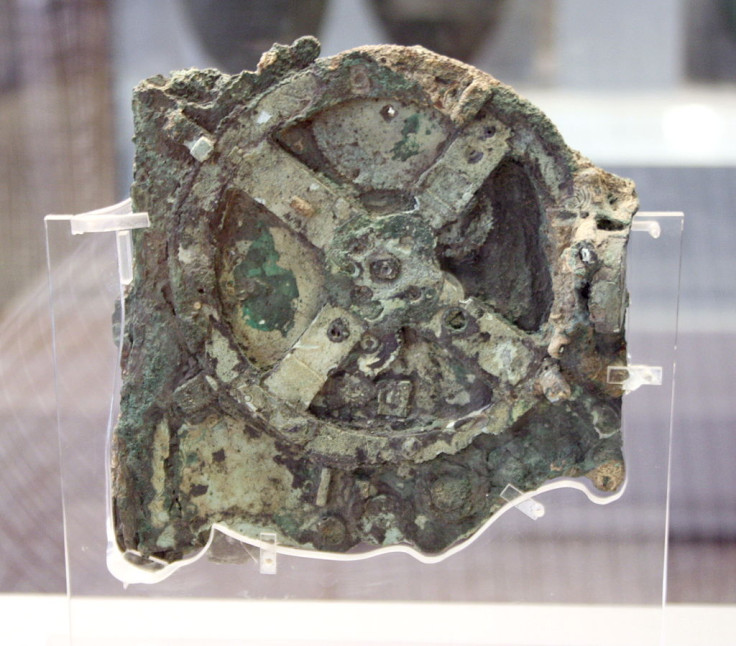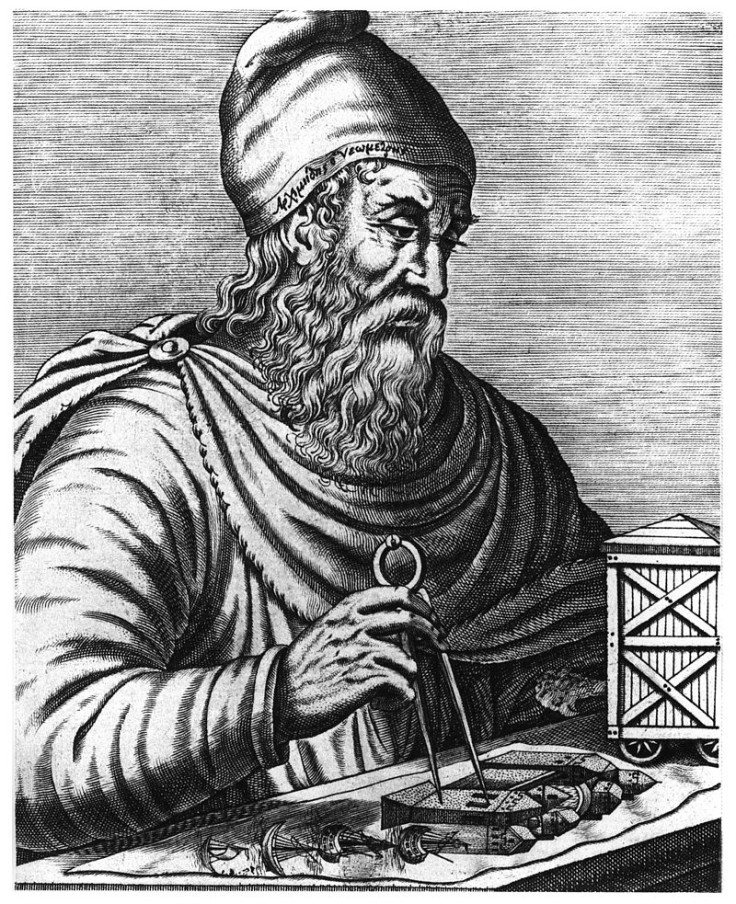Archimedes Invention? Antikythera Mechanism 100 Years Older than Previously Believed

The world's oldest computer, the Antikythera Mechanism, is 100 years older than scientists previously thought.
That is according to a study by researchers at the National University of Quilmes in Argentina, who have concluded the device dates to between 205BC.
Published in the journal Archive for History of Exact Sciences, researchers say this means it was created just a few years after the death of Archimedes, and places it in the Babylonian era.
The Antikythera Mechanism is thought to be an analogue computer created to predict astronomical positions and eclipses. It was salvaged from a shipwreck off the remote island of Antikythera in the Aegan Sea.
The device is so advanced that others of its kind were not seen again until the 14<sup>th century with the birth of mechanical astronomical clocks. Researchers also believe it is not a prototype – its level of advancement means that others must have come before it.
In the paper, researchers said: "The eclipse predictor (or Saros dial) of the Antikythera mechanism provides a wealth of astronomical information and offers practically the only possibility for a close astronomical dating of the mechanism."
The scientists used a process of elimination "in a sort of sieve of Eratosthenes" to date the device.

"We find that the solar eclipse of month 13 of the Saros dial almost certainly belongs to solar Saros series 44. And the eclipse predictor would work best if the full Moon of month 1 of the Saros dial corresponds to May 12, 205 BCE, with the exeligmos dial set at 0."
This, they say, would mean the device between 50 – 100 years earlier than thought. As a result, the device could not be based on Greek trigonometry, as it did not exist on the time.
"We also examine some possibilities for the theory that underlies the eclipse times on the Saros dial and find that a Babylonian-style arithmetical scheme employing an equation of centre and daily velocities would match the inscribed times of day quite well. Indeed, an arithmetic scheme for the eclipse times matches the evidence somewhat better than does a trigonometric model."
Speaking to the New York Times, study author James Evans said it is important to remember little is known of the device, so we should not attribute it to Archimedes: "We know so little about ancient Greek astronomy. Only small fragments of work have survived. It's probably safer not to try to hang it on any one particular famous person."
© Copyright IBTimes 2025. All rights reserved.

















